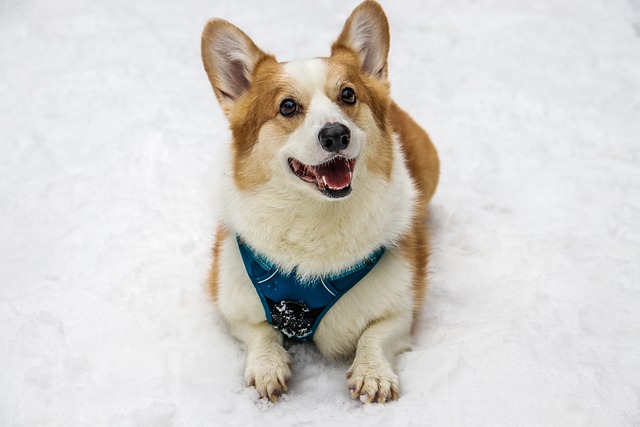
When Does a Corgi Have Its First Heat?
Corgis, with their stubby legs and big personalities, reach maturity in their own time—including that first heat cycle. Most start showing signs between 6 and 12 months, though every pup is different.
Imagine you’re in your Boston apartment on a frigid February evening—your 9-month-old Beagle mix, Ruby, limps through the door after a potty walk, lifting her front paw and whimpering. You kneel down, and your heart drops: Her paw pads are dry, cracked, and dotted with tiny salt crystals from the sidewalk. You rummage through your pet bag, staring at a tube of balm, a jar of coconut oil, and a pair of tiny boots, and wonder: “What’s the best thing to put on a dog’s paws?” For new U.S. dog owners, especially in states with harsh winters or scorching summers, this question is urgent—but the answer depends on Ruby’s paw condition and the weather, not just trendy products.
First, let’s break down why dog paws need special care: A dog’s paw pads are made of thick, keratin-rich skin—tough enough for walks, but delicate against extremes. Winter salt dries pads and causes chemical burns; summer pavement (which can hit 130°F in Texas!) scorches them; even dry apartment air in Colorado can make pads crack. The “best” product fixes the specific problem: moisturize for dryness, protect from harsh elements, and heal small wounds. My neighbor in Boston has a 2-year-old Lab, Max—she swears by vet-approved paw balm for winter (it creates a salt barrier) and uses pet-safe coconut oil for summer dryness. But here’s the rule: Never use human products (like lotion with fragrances or xylitol, which is toxic to dogs). Vets call this “targeted care”—matching the product to the issue keeps paws healthy, not hurt.
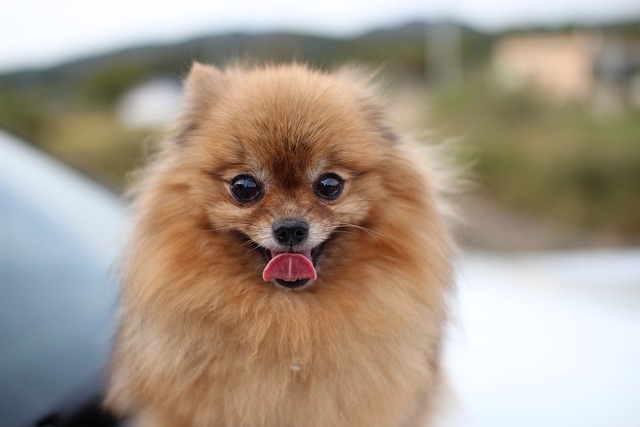
Here’s how to choose and use the best product, step by step—even in an apartment: Start with dry/cracked paws: The best pick is a pet-safe paw balm (look for labels like “veterinarian-approved” or “no toxic ingredients”). Rub a pea-sized amount into each pad, focusing on cracks—Ruby might try to lick it, so distract her with a freeze-dried chicken treat. Positive reinforcement makes her sit still; never scold her for squirming (punishment stresses her, which goes against U.S. animal welfare norms). For winter salt or summer heat: Use a protective wax (thicker than balm) before walks—it repels salt and blocks heat. If Ruby hates balm, tiny, non-slip dog boots work too (test them indoors first so she gets used to them). For minor cuts: Clean the paw with warm water, then apply a vet-recommended antibiotic ointment (avoid human Neosporin with pain relievers). In apartments, keep products by the door—this reminds you to apply before walks, and wipe Ruby’s paws with a damp cloth after to remove salt or dirt (prevents tracking mess into your rug).
Don’t let paw care skip U.S. rules and community manners. Even as you soothe Ruby’s paws, keep her rabies vaccine up to date—Massachusetts requires dogs over 4 months old to have it, and fines go up to $250 if you skip it. If her cracks get infected and need a vet, they’ll ask for current records. When you walk her, always carry biodegradable poop bags—Boston fines $100 for leaving waste behind, and it’s respectful to neighbors. In your apartment building, wipe Ruby’s paws on a mat before entering the elevator—salt or dirt ruins shared floors (other residents will thank you!). Also, avoid overusing products: Too much balm makes paws slippery (risking falls on hardwood floors), and boots that are too tight cause discomfort.
At its core, the best thing for a dog’s paws is whatever solves their specific problem—whether it’s balm for winter, oil for dryness, or boots for heat. With a little observation, vet-approved products, and following local laws, Ruby will stop limping and start prancing on walks again. You don’t need a closet full of gear—just one good product, a treat, and care for her tiny paws.

Corgis, with their stubby legs and big personalities, reach maturity in their own time—including that first heat cycle. Most start showing signs between 6 and 12 months, though every pup is different.
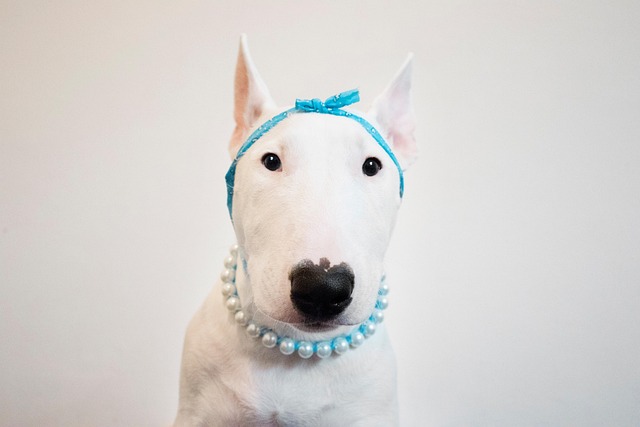
Many dog owners notice their pups turning up their noses at food after a dental cleaning, and it’s easy to panic. But in most cases, this temporary loss of appetite is actually quite common.
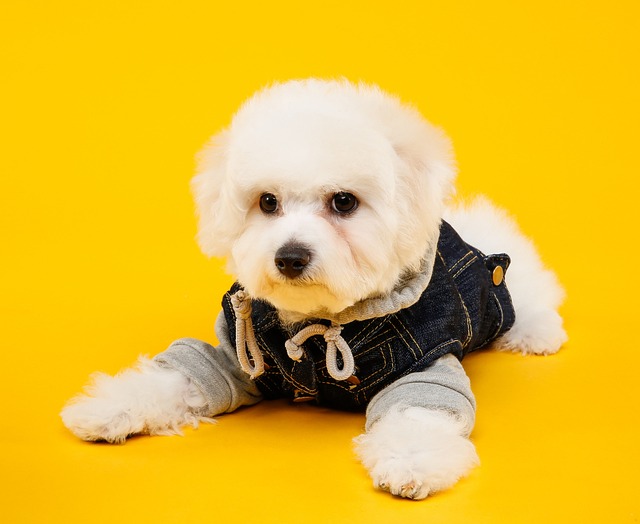
Bichon Frise, with their fluffy white coats and playful personalities, are beloved companions in many households. But their small size and sensitive digestive systems mean certain foods that might be fine for other breeds can pose serious risks.
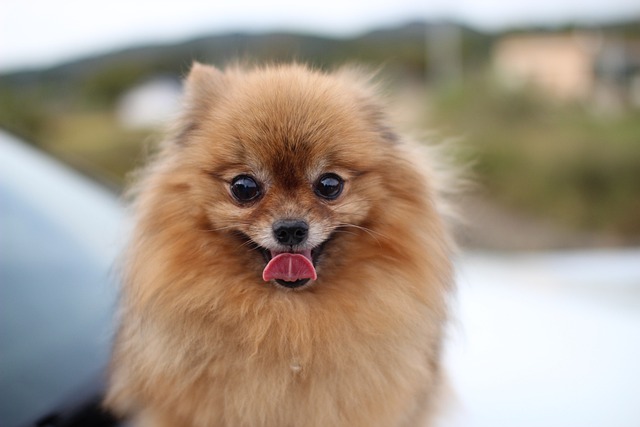
Imagine you’re in your Boston apartment on a frigid February evening—your 9-month-old Beagle mix, Ruby, limps through the door after a potty walk, lifting her front paw and whimpering.
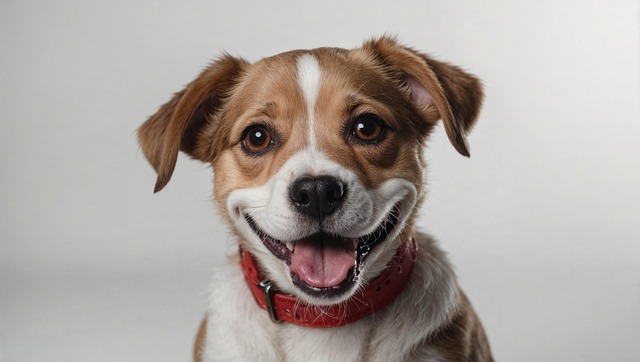
Dog’s face is a sensitive area—any scratch or cut there can turn into a bigger problem if they can’t stop pawing at it. You’ve probably noticed the cycle: they nudge the wound with a paw, wince, then do it again like they can’t help themselves.

Discovering a fresh set of tooth marks on your coffee table or a mangled sofa corner can feel like a personal betrayal, especially if your dog has never shown this behavior before.